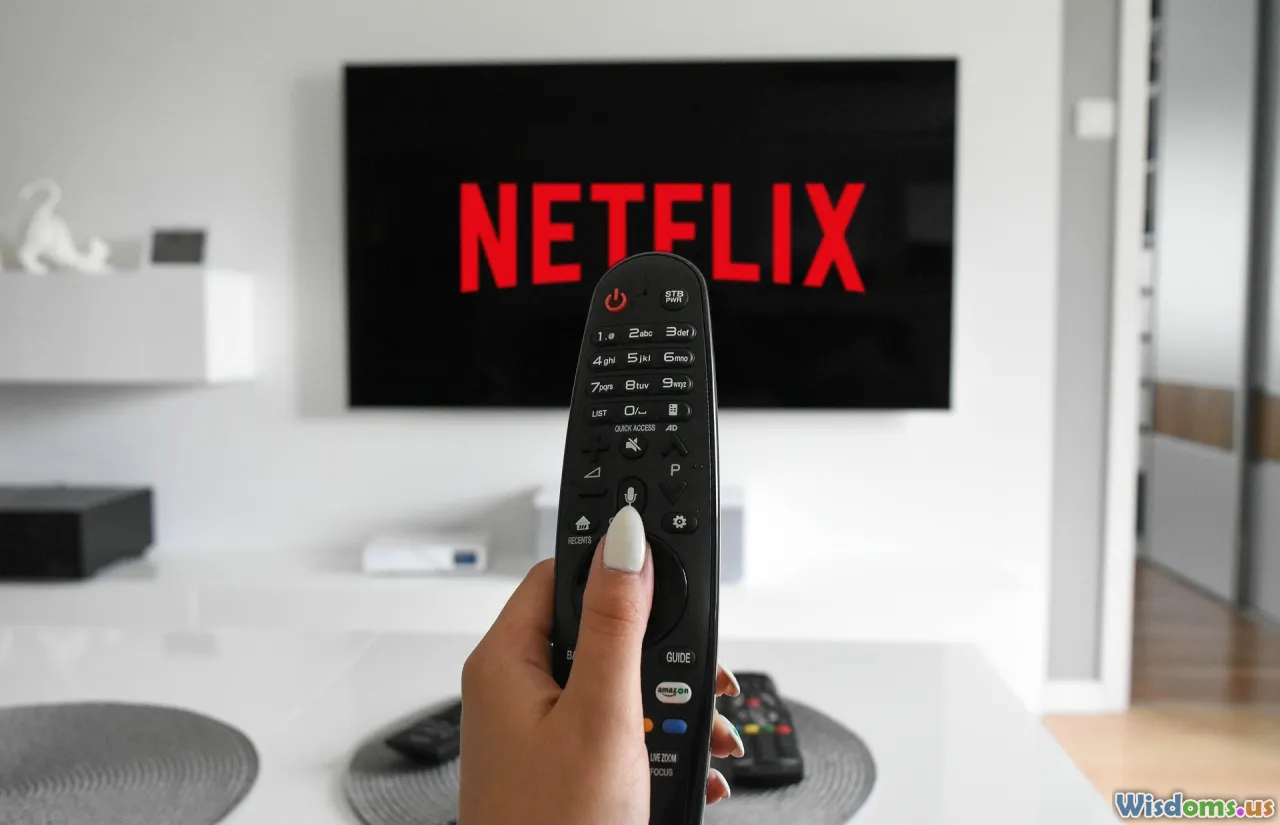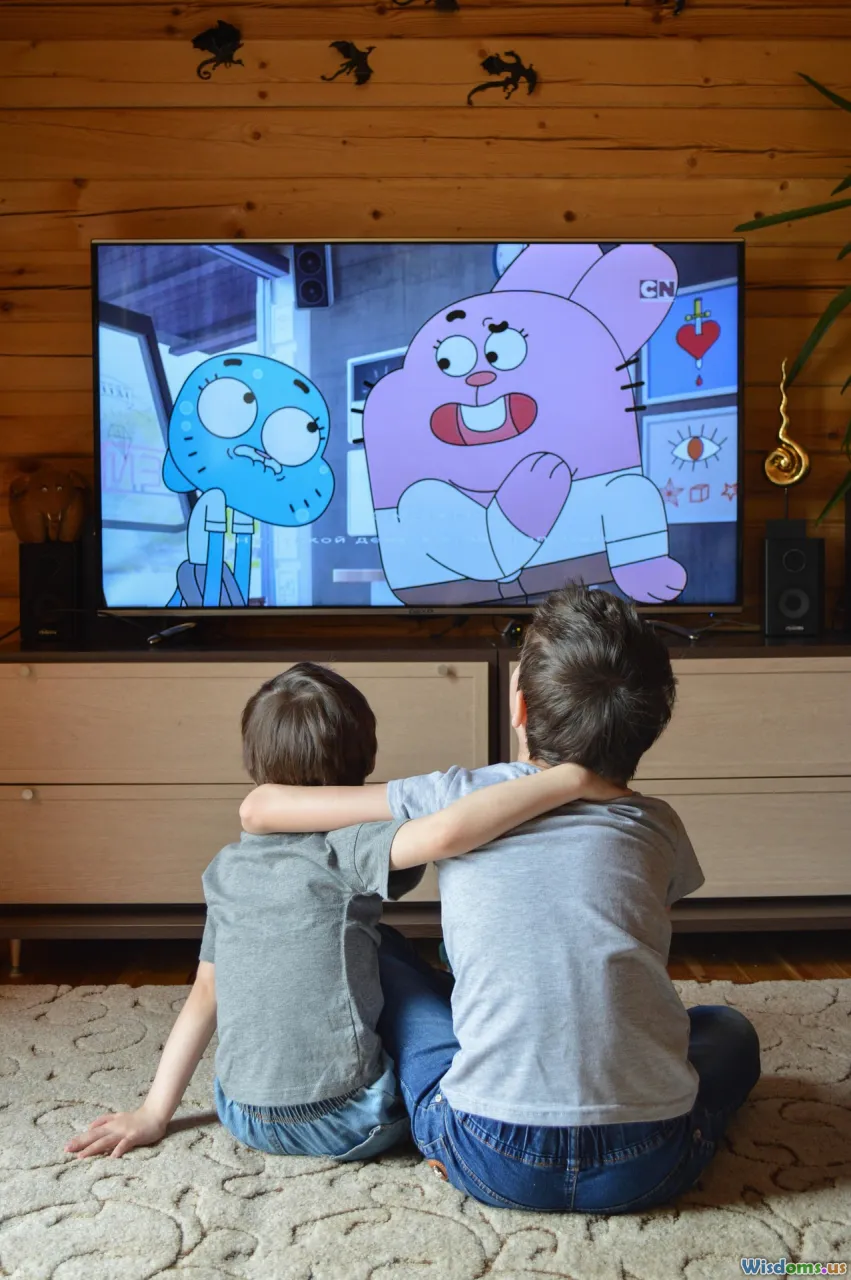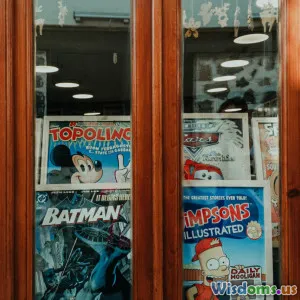
Can Disney Plus Maintain Family Friendly Programming Forever?
18 min read Explore whether Disney Plus can uphold its family-friendly legacy amid changing viewer expectations and evolving entertainment standards. (0 Reviews)
Can Disney Plus Maintain Family Friendly Programming Forever?
Streaming platforms have reshaped entertainment, but few have embodied a brand identity as powerfully as Disney Plus. Marketed as the home of wholesome, family-friendly stories, Disney Plus carved out a unique space in a crowded streaming environment. As media evolves and cultural values shift, many wonder — can Disney Plus retain its all-ages appeal endlessly, or will market pressures and changing viewer preferences demand it adapts its content strategy?
The Core of Disney’s Family Brand

The Walt Disney Company has spent nearly a century nurturing an image synonymous with magical, safe, family viewing. This reputation is built on decades of animated classics, beloved characters, and theme parks designed for all ages. Disney Plus’ 2019 launch was predicated on this legacy — a curated library devoid of mature content and explicit themes.
For example, before its debut, Disney famously announced it would not carry the 1980 musical crime drama Song of the South due to widely criticized racist themes. The platform gives parents robust controls, restricting children from accessing content above a certain maturity rating. As a result, Disney Plus stands apart from competitors like Netflix or HBO Max, where mature and family programming coexist alongside each other in vast libraries.
This strategic separation is intentional. According to a 2023 Statista survey, 66% of Disney Plus subscribers cited “family friendly content” as the main appeal for their subscription, outpacing “exclusive new series” and “nostalgia content.” Disney's high-quality original series (The Mandalorian, Bluey, Marvel and Star Wars spin-offs) continue this safe-for-all formula.
Growing Pains: Expanding Beyond the Classics

Yet, as Disney Plus ages, it faces a tension between tradition and expansion. Reliance on classic movies and existing franchises carried the streamer’s growth for its first years. However, subscriber numbers plateaued in 2023, and churn rates among teens and adults rose sharply.
This prompted Disney to diversify its content lineup. While stalwarts like Frozen and Moana remain central, Disney Plus has begun experimenting with edgier themes — for example, Marvel's Moon Knight features darker depictions of mental health, and Loki explores complex moral dilemmas. The addition of these nuanced narratives aims to retain older audiences without alienating core families.
Internationally, the introduction of the Star hub in certain markets (notably the UK, Australia, and Canada) provided mature programming from 20th Century Studios and FX. This move broadened the library's appeal, highlighting market distinctions: in North America, Disney Plus remains tightly curated; elsewhere, mature fare lives under a separate sub-brand. This model underscores Disney's challenge balancing its universal family shield with the dynamism of the global content marketplace.
External Challenges: Pressure from Subscribers and Competitors

Disney Plus doesn’t exist in a vacuum. The “streaming wars” intensified post-pandemic, as growth slowed across platforms. Subscriber fatigue — caused by the sheer number of services — has led to increased expectations for new and relevant content.
Netflix, Prime Video, and Apple TV+ have leaned into mature, high-profile originals, winning Emmys for dramas like The Crown and Ted Lasso while racking up billions of viewing hours through adult-oriented franchises. Attempting to capture young adults, Hulu, Paramount+, and others deliver both edgy originals and legacy sitcoms.
Disney has responded to this pressure cautiously. For example, in 2023, it removed The Marvel's Defenders Saga — previously rated TV-MA on Netflix — and released it with lighter edits for Disney Plus. While this allowed cross-franchise exploitation (bringing all Marvel content under one roof), it also raised questions about where and how Disney should draw the family line.
Complicating matters are evolving societal standards. What’s deemed family friendly in 2024 — such as the inclusion of diverse families or LGBTQ+ characters, as in Willow and The Proud Family: Louder and Prouder — wasn’t mainstream in Disney content a decade ago. For some subscribers, this represents healthy progress; for others, it signals a breakdown of tradition. Disney must now navigate both calls for greater inclusivity and backlash rooted in shifting definitions of “family content.”
Parental Control, Curation, and Responsibility

Disney Plus doubles down on parental control to maintain its family-safe reputation. Profiles can be locked behind PINs, categorized by age, and closely monitored for content suitability. Notably, when Deadpool (R-rated) and Logan (R-rated) joined the U.S. Disney Plus library in 2022, parents received notifications and new settings rolled out enabling tighter oversight of maximum profile ratings and more transparent content warnings.
This move shows Disney recognizes the pressure to be everything for everyone, while enabling responsibility-sharing with parents. The inclusive content library is accompanied by a suite of granular controls — a solution echoed among streaming competitors, but most vigorously championed by Disney Plus, whose brand reputation is a core driver of its value proposition.
This robust system creates an ecosystem where teens and adults can explore more complex titles, and children remain insulated. However, its success depends not just on technical implementation, but on parental engagement and media literacy, reinforcing the evolving nature of “family friendly” in the era of algorithm-driven viewing.
Succeeding in a Multi-Generational Household

One secret to Disney Plus' initial runaway success? The overdub of generational nostalgia. Parents share The Little Mermaid, Lion King, or Disney Channel classics with their children, while grandparents delight in “the magic” recaptured onscreen. This shared history makes Disney programming a safe bet — it requires little parental pre-screening and seldom courts controversy.
But, as Gen Z and Gen Alpha mature, Disney is discovering these cohorts prefer social media content, aspirational dramas, and bite-sized programming not strictly found on the service. Disney has responded by digitizing their format: Doogie Kameāloha, M.D. reinvents a '90s staple, while The Muppets Mayhem riffs 1970s nostalgia for modern audiences. Yet, achieving the right mix — serving old fans without alienating new ones — remains a careful dance.
For family streaming nights, this creates both an opportunity and challenge. While Disney Plus excels at multi-generational programming, purely nostalgic content or sequels (Toy Story 4, Hocus Pocus 2) aren’t a panacea. Disney must steadily innovate, and find fresh approaches that resonate without over-relying on the “safe” templates.
Case Studies: Family Friendly Faces Controversy

Every platform faces the test of audience backlash. Disney Plus, because of its stature, grapples with heightened scrutiny whenever its family credentials are questioned.
Take the debut of Turning Red (2022), a Pixar film praised for its depiction of puberty and Chinese-Canadian family life. While celebrated for addressing taboo teen topics, the film sparked debate among parents and commentators over themes they felt weren’t “appropriate” for younger children. Conversely, abstaining from covering such themes risks accusations of portraying sanitized, unrealistic childhoods.
Another example: the revolving fate of The Owl House, an animated fantasy with LGBTQ+ main characters. Its bold storytelling garnered critical approval, yet ran into scheduling changes and eventual reduction of seasons, sparking disappointment among vocal fans. This incident highlights Disney’s balancing act of progressive inclusion and risk-aversion, and illustrates the difficulty of upholding a singular family standard in a diverse world.
Internationally, controversy arrived with the 2021 decision to add The Simpsons (notable for its satirical, sometimes risqué humor) while omitting select episodes from entire countries to avoid clashing with local cultural standards. These examples underscore that "family friendly" is ultimately a moving target, shaped by society’s changing norms, regional values, and a complex global audience.
The Economics of Family Programming

Financially, steering towards family friendly programming remains core to Disney Plus’ business model. Families are sticky subscribers — account sharing is less likely to disrupt subscription locks; recurring billing from parents is more reliable than from fickle young adults. Moreover, the combination of Disney Plus, Hulu, and ESPN+ creates a multi-pronged bundle designed to saturate households at every life stage.
However, maintaining this model comes with opportunity costs. Investing exclusively in G and PG titles may leave untapped the lucrative market for buzzy, adult-targeted originals. Disney CEO Bob Iger has repeatedly emphasized fiscal discipline in the age of streaming, slashing budgets for underperforming originals and focusing on core franchises. According to 2023 reports, operating losses in the Direct-to-Consumer (DTC) segment drove leadership to re-examine both the scale and the sensibility of content greenlights.
Investors, too, increasingly view content curation through a metrics lens: do "family friendly" originals translate into enough viewing hours, sign-ups, and minimal churn compared to flagship competitors producing adult genre hits? Disney’s answer thus far remains—judiciously.
Lessons from Rivals: Brand Expansion vs. Brand Dilution

Other entertainment giants provide instructive contrasts. Netflix’s “something for everyone” approach boasts unmatched library breadth, but can lead to overwhelming parents desperately seeking safe viewing options. Stranger Things and Squid Game bring massive buzz, but aren’t likely to foster cross-generational loyalty.
Warner Bros. Discovery’s Max platform vacillates: it houses mature programming alongside family features, relying on profile settings for separation. Apple TV+, meanwhile, positions itself as thoughtfully curated, with quality over quantity, offering selective family programming such as Wolfwalkers alongside Oscar-bait adult dramas.
These strategies come with trade-offs. Encouraging wider demographics risks brand identity dilution; remaining too niche alienates wider markets. Analysts argue Disney’s unique advantage is its hard-won trust—parents can subscribe, knowing that even with evolving content, basic protections exist. Straying too far towards generalized entertainment risks breaking this emotional contract, echoing past pitfalls with the now-retired Touchstone Pictures and Miramax imprints.
How Can Disney Plus Sustain Family Friendly Status? (Actionable Outlook)

What concrete steps could help Disney Plus maintain its family dominance, whether for five years or fifty?
-
Segregated Hubs for Mature Content: As with the Star hub abroad, creating gated sections for PG-13 and above programming in the U.S. would broaden the appeal of Disney Plus without undermining main-profile family integrity.
-
Expanded Parental Controls and Transparency: Proactive investments in unlimited parental controls—custom maturity filters, granular content previews, and real-time notifications—empower parents to manage evolving standards themselves.
-
Configurable Cross-Promotion: Bannered placement of mature content or new originals can be tailored by profile settings, ensuring that families aren’t inadvertently drawn to content that runs counter to their values.
-
Prioritizing Diversity and Inclusion Mindfully: While family-friendly doesn't mean exclusionary, careful storytelling can celebrate underrepresented stories in accessible ways. Consulting with childhood development experts and diverse parent groups can ensure programming meets modern expectations flamboyantly but respectfully.
-
Developing Original IP: Beyond sequels, new stories with cross-generational appeal — akin to original Pixar successes — can maintain the streaming pipeline and global audience loyalty.
-
Regular Communication and Community Engagement: Clear, timely communication (via email, in-app notifications) about new controls, programming rationale, and support resources will help avoid confusion or backlash.
By taking actions such as these, Disney Plus can adapt to modern challenges and emerging family forms, all while doubling down on the values that built its empire.
The Ever-Expanding Storybook

Entertainment is rewriting itself constantly. Yet, families continue to crave positive spaces where imagination thrives safely. Disney Plus, built atop one of the strongest family brands in history, has an unprecedented chance to influence that narrative far into the future. Whether it can remain the go-to destination for all ages depends on persistent innovation and vigilance — never forgetting that "family friendly" is as dynamic as the households who seek it.
Done right, Disney Plus won’t just preserve its cherished mantle — it will reimagine what 21st-century family programming can be, one generation and one new story at a time.
Rate the Post
User Reviews
Other posts in Streaming Services
Popular Posts

















